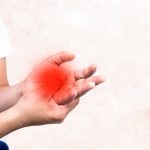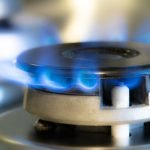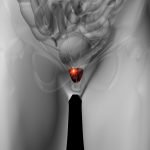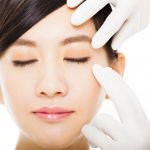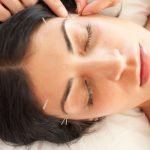Successful Treatment of Sun-Damaged Skin with Therapeutic Laser
James Tuggle, NMD
A 49-year-old male presents with deepening of the nasolabial sulcus/fold, deep rhytids on the inferior aspect of the lower eyelids, drooping of the jowls, excess skin on the upper eyelid, and mild to moderate rhytids across the forehead. Patient has a history of depression (no longer depressed), fatigue, obesity, carpel tunnel surgery, and appendectomy. Patient originally presented to the clinic for obesity and fatigue 15 months before and, on our bariatric program, lost 40 pounds, and through vitamin and testosterone replacement had a tremendous change in energy and sense of well-being. The patient is happily married, does not smoke or use illicit drugs, and drinks alcohol occasionally. His occupation in construction and lack of use of an SPF barrier has exposed his skin to excess damage. He is unhappy with his facial appearance but does not want to have a face-lift. He presents looking for something with less downtime and invasiveness.
After consultation with the patient, we decided that the best treatment option was the Rhytec Portrait PSR3 system. Portrait is a new FDA-cleared technology that is the fourth state of matter (ionized gas) using nitrogen plasma, which gives a controlled predictable energy delivery to the skin. Energy ranges from 1 to 4 joules depending on settings, with a repetition rate of 1 to 4 hertz. The handpiece is not applied directly to the skin, but is 3 to 8 mm from the skin surface and needs to be perpendicular to the skin. The depth of treatment depends on the amount of energy with each pulse, which is determined by the amount of remodeling needed in the skin. We then reviewed the possible side effects and contraindications. At this point the patient decided he wanted to proceed with the course of action. We scheduled the appointment and sent him home with a consent form as well as pre- and postprocedural instructions. On the day of the treatment, because of the intensity of the treatment, the patient was prescribed ativan 2 mg and vicodin (5/500) one hour before treatment. A topical cream combination of benzocaine 20%/lidocaine 6%/tetracaine 4% was also applied to the face at this time. At 15 minutes before treatment, the patient’s face was locally anesthetized with a 50/50 combination of lidocaine 2% with 0.5 % marcaine. The Portrait PSR3 was turned on at a setting of 3.5 joules with a repetition rate of 2 hertz. We then treated in uniform fashion the plasma nitrogen across the forehead at 6 to 8 pulse intervals, systematically covering small blocks of the face at a time. In the periorbital region, the setting was turned down to 2.5 joules. One of the major advantages to this treatment over a laser resurfacing is the ability to treat skin inside of the orbital rim. Careful technique and use of protection over the eyebrows and along the hairline prevented any burning or removal of hair. Once past the eyes, the setting was resumed at 3.5 joules around the mandibular and maxillary regions. Because of a lack of patient tolerance, we decreased the settings over the nose to 3 joules and proceeded with the settings over the glabellar region. A single pass was made over the entire face. Post treatment, the patient was sprayed with pure oxygen and amino-plex formula from biO2 Cosmeceuticals. After 60 minutes of intermittent evaluation, the patient was then given the post-treatment protocol, which was to begin in 24 hours. The protocol consisted of four steps:
- Patient is to gently cleanse treatment area twice with biO2 Cosmeceuticals Recovery Cleanser. Patient is instructed to lightly pat area and not to scrub. Patient is also instructed to use tepid water only.
- Patient mixes 1 tsp of white vinegar with 2 cups of cold water and dabs/sprays over the area that was treated, then rinses gently but thoroughly with water and leaves damp.
- Patient then sprays the amino-plex formula from biO2 Cosmeceuticals over the treated area.
- While still wet, patient gently applies Recovery Balm from biO2 Cosmeceuticals.
This protocol was to be repeated two to three times per day based on his comfort level until treated area had completely peeled (four to seven days). Once the patient had peeled, he was instructed to return for postpeel protocol.
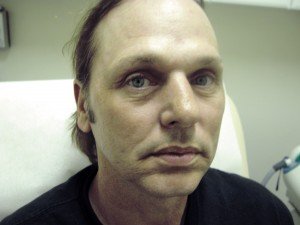
After
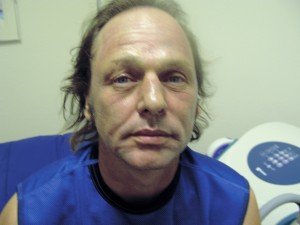
Before
Upon returning at seven days, the patient’s face had completely peeled. His skin tone was smooth and erythematous consistently across the face. He was then told to continue with mild cleanser, and given a mild moisturizer and a sunscreen containing zinc oxide at SPF 30 to apply on a daily basis. He was then instructed to follow up at 30 and 60 days for evaluation of progression of treatment. In the Portrait PSR3 clinical trials, skin remodeling and tightening occurred for up to 12 months post treatment. The patient returned at 34 days and visible tightening differences were noted on the forehead, periorbital regions, nasolabial sulcus, and along the jowls. Erythema had dissipated and skin had a smooth consistency. At 71 days (as seen in picture), the patient returned with significant tightening in the same areas as noted above. Patient has high level of satisfaction with of procedure.
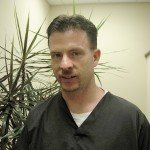 James Tuggle, NMD has a private practice, Desert Sierra Medical, in Scottsdale, Arizona, and is also a supporting member of the Missouri Association of Naturopathic Physicians. He is a member of the International Mesotherapy Lipotherapy Society.
James Tuggle, NMD has a private practice, Desert Sierra Medical, in Scottsdale, Arizona, and is also a supporting member of the Missouri Association of Naturopathic Physicians. He is a member of the International Mesotherapy Lipotherapy Society.


